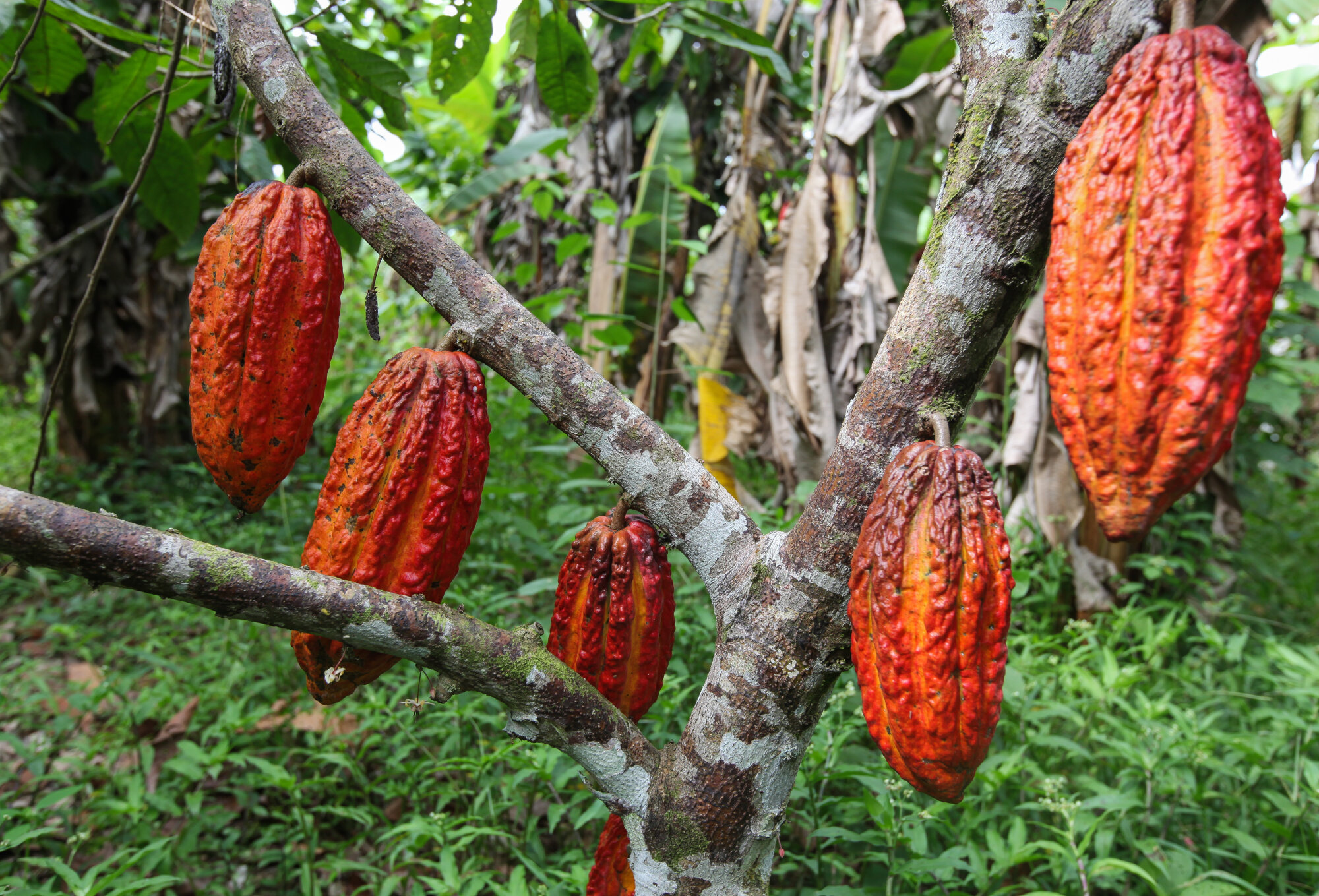
Ethical Farming Practices
Deforestation is becoming an ever-pressing issue as it leads us further into global crises, political, economic, and social impacts. Farming practices such as monoculture crops are causing a “domino effect” of negative reactions that have huge implications on mother earth and her inhabitants that live on the land. Each proposed action taken to remediate the previous method of destructive cultivation pushes the situation into a deeper state of illness and despair.
It is clear that these destructive practices are used for their ability to increase the yield of the crop, thus increasing the profitability of the farmers, which is obviously more attractive to underdeveloped countries that don’t have as many opportunities for education and are somewhat limited to certain occupations (farming being the foremost). The lack of occupational opportunities is also part of the puzzle, leading the unemployed to “unethical” means of earning a living such as - commercial coca cultivation and illegal logging.
It is also apparent that there is an incentive from the chemical manufacturers to push the use of such fertilizer and herbicides on farmers for an increased use of their product thus increase revenue for their businesses.
Each of these rather malicious practices and marketing schemes all benefit the pockets of the few business owners of commercial chemical companies and commercial farming companies - at the cost of polluting natural environments and their inhabitants by contaminating the water systems with the farming chemicals.
The use of synthetic chemicals in farming (fertilizer, herbicide, and fungicides) also has a deleterious effect on the soil that it comes into contact with - stripping the soil of any nutritious substance essential for growing healthy crops, into a substance void of nutrients and minerals, making it incapable of growing a healthy crop worthy of taking to market. Once the land is stripped bare of its nutrients the farmer has to find more fertile land to grow. And on goes the continuous cycle of searching for another section of virgin forest that once stripped has at its feat the fertile soil they need the most for growing crops or rearing cattle.
As you can imagine this is completely unsustainable….
Monocropping environments are “sterile” plantations where forests and wildland are cleared by slash and burn techniques, removing native fauna that hold host for a vast array of wildlife, insects, and animals.
Loss of Indigenous Culture
The loss of beautiful fauna and wildlife are not the only objects that are being endangered by these practices - indigenous people are being forced from their native lands where they and their ancestors have inhabited for millennia carrying ancient wisdom throughout history that has been retained and until the present day.
As the pursuit for virgin land that can be harvested for its natural resources increases indigenous people are forced from their native lands so that natural resource extraction can commence by large commercial oil companies and the like.
The result of this is the displacement of indigenous people that having to adapt to the situation have to move to urban environments, seeking employment in modern jobs and civilization. Rather than the choice of moving to the city and “modernizing” by their own will, this dramatic lifestyle change is being imposed by means of having to survive.
The Solution
Having briefly summarised the problems there are many initiatives and projects that are arising that hold the intention of educating the local and indigenous people of the countries to cultivate cacao using organic farming practices and imparting the importance it has on restoring the ecosystem - that is the rainforests, which is currently in a critical state due to deforestation from destructive farming practices of and illegal logging.
Agroforestry is a farming practice with the idea of growing crops amongst the already existing fauna, forests, and people that are native.
The key focus of this solution of farming is - symbiosis. Interweaving crops such as cacao into the native landscapes enrich the biodiversity - attracting pollinating wildlife such as hummingbirds and insects. Once practical natural farming knowledge is applied there is the hope of creating farming environments where the native people are empowered by having stewardship of their land.